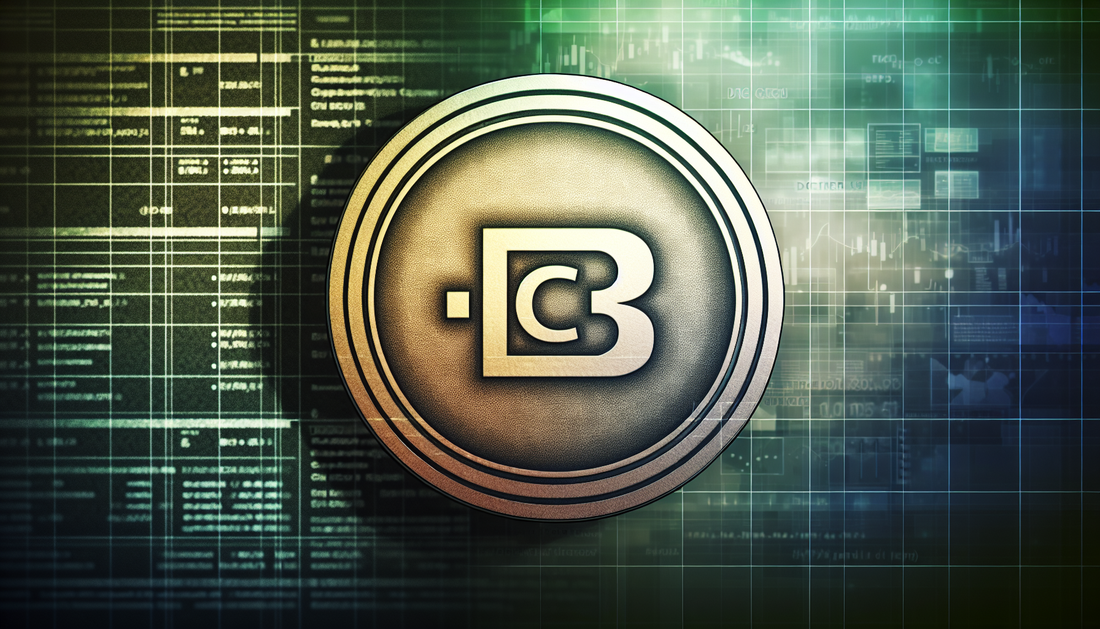
Decoding Decred: Insights into DCR Tokenomics
Share
Understanding the Tokenomics of Decred (DCR)
Decred (DCR) is a cryptocurrency that distinguishes itself by integrating governance and sustainability mechanisms directly into its protocol. A critical element behind the functionality of any blockchain project such as Decred lies in its tokenomics. Tokenomics—the economic structure governing the creation, distribution, and utility of DCR—plays an essential role in fostering network participation and funding its development over time. Below is a breakdown of key aspects of Decred's tokenomics model.
Max Supply and Distribution
Decred has a maximum supply of 21 million DCR, similar to Bitcoin. This fixed supply is hard-coded into the protocol, creating scarcity by design. When the network was launched, an initial 8% of the total supply, or around 1.68 million DCR, was pre-mined. Out of this pre-mine, 4% was allocated to the project's founders and developers, while the remaining 4% was distributed among early stakeholders. The pre-mining period was followed by a Proof of Work (PoW) mining phase to kickstart the blockchain before activating its full hybrid model.
Hybrid Consensus Mechanism
Decred operates on a hybrid Proof of Work (PoW) and Proof of Stake (PoS) consensus mechanism. This model divides block rewards among participants in the following proportions:
- 60% to PoW Miners: PoW miners are responsible for securing the network by solving computational puzzles to add new blocks.
- 30% to PoS Stakeholders: PoS validators lock DCR tokens as "tickets" to participate in governance and validate the output of PoW miners. This ensures active involvement from token holders in network decisions.
- 10% to the Treasury: Decred allocates 10% of block rewards to a self-funding treasury that supports project development, marketing, and ecosystem growth.
Role of the Treasury
The Decred treasury is one of the standout aspects of its tokenomics. It is a decentralized fund that collects DCR through block rewards. These funds are governed by the community via the decision-making platform Politeia, which allows stakeholders to propose and vote on how the treasury is allocated. This approach minimizes reliance on external funding sources and creates a self-sustaining model for long-term development.
Inflation and Staking Participation
The block reward schedule of Decred allows for a gradual decrease in block rewards over time, a mechanism known as emission reduction. This ensures a diminishing supply rate while maintaining incentives for network participation. Staking in Decred is highly competitive, with a significant portion of the circulating supply regularly being staked. Locking tokens reduces liquid supply and aligns stakeholder interests with the network's success.
Utility of DCR Tokens
The primary use case for DCR tokens is as a medium of exchange within the Decred ecosystem. DCR also plays a critical role in governance, where token holders stake their assets to vote on policy changes and developmental proposals. Additionally, staking provides opportunities for earning rewards, incentivizing long-term commitment from the community.
